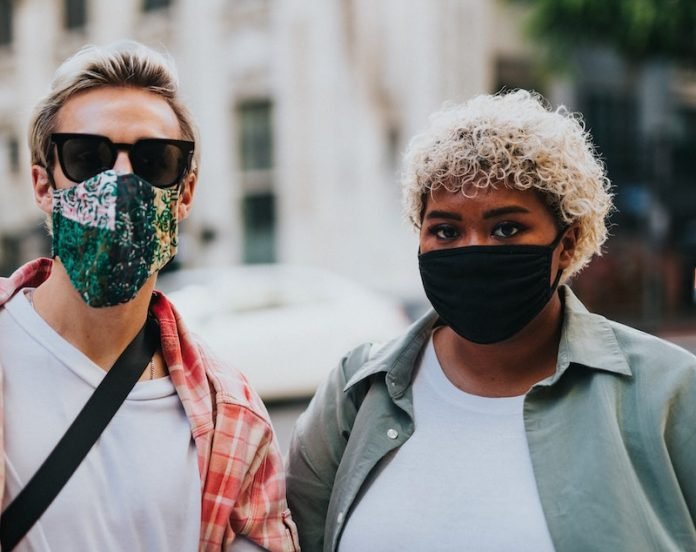
Early on in the COVID-19 outbreak, China implemented intense measures to keep people physically distant and other restrictions in an attempt to slow the spread of the coronavirus that causes the disease.
In a new study, researchers reported that those measures succeeded. In less than a month, the daily number of new cases in China leveled off and has since slowed to a trickle.
The reduction of contacts among the population is what has really abated the epidemic in China. The study shows that social distancing works well.
The research was conducted by a team in China and the U.S.
But in the United States, where measures to keep people physically distant from each other were in place for a month or more, depending on the state, the outbreak has slowed, but not stopped.
While the number of new cases is falling in some states, it is rising in others.
The team says the Chinese measures were stricter, which gave the virus fewer opportunities to jump to a new person.
The number of contacts among people fell by a factor of between seven and nine during the lockdown, and almost all of those contacts were within a household—people came into contact with each other only in their homes.
The researchers were able to see this change in the number of contacts because, serendipitously, a group of Chinese researchers had done a survey of contact patterns in Shanghai before the initial outbreak of COVID-19. They repeated this survey during the lockdown.
The researchers also found that children seemed to be less susceptible to the disease, although they don’t know why.
They say the only plausible way to explain the contact-tracing data that they have for China is that there is some factor that contributes to the susceptibility to infection which is different for children.
So they have a reduced risk of infection for some reason.
Children under 15 were about three times less likely to get the infection than people between the ages of 15 and 64. Those over 64 for were even more vulnerable.
It seems unlikely that this difference is related to the types of contacts children have: if anything, young kids are more likely to play closely with other friends or touch things without washing their hands.
It also appears that kids tend to develop symptoms in a different way. This allows researchers also to better understand why kids seem under-represented in the data of infections.
One author of the study is Alessandro Vespignani, who directs Northeastern’s Network Science Institute.
The study is published in Science.
Copyright © 2020 Knowridge Science Report. All rights reserved.



